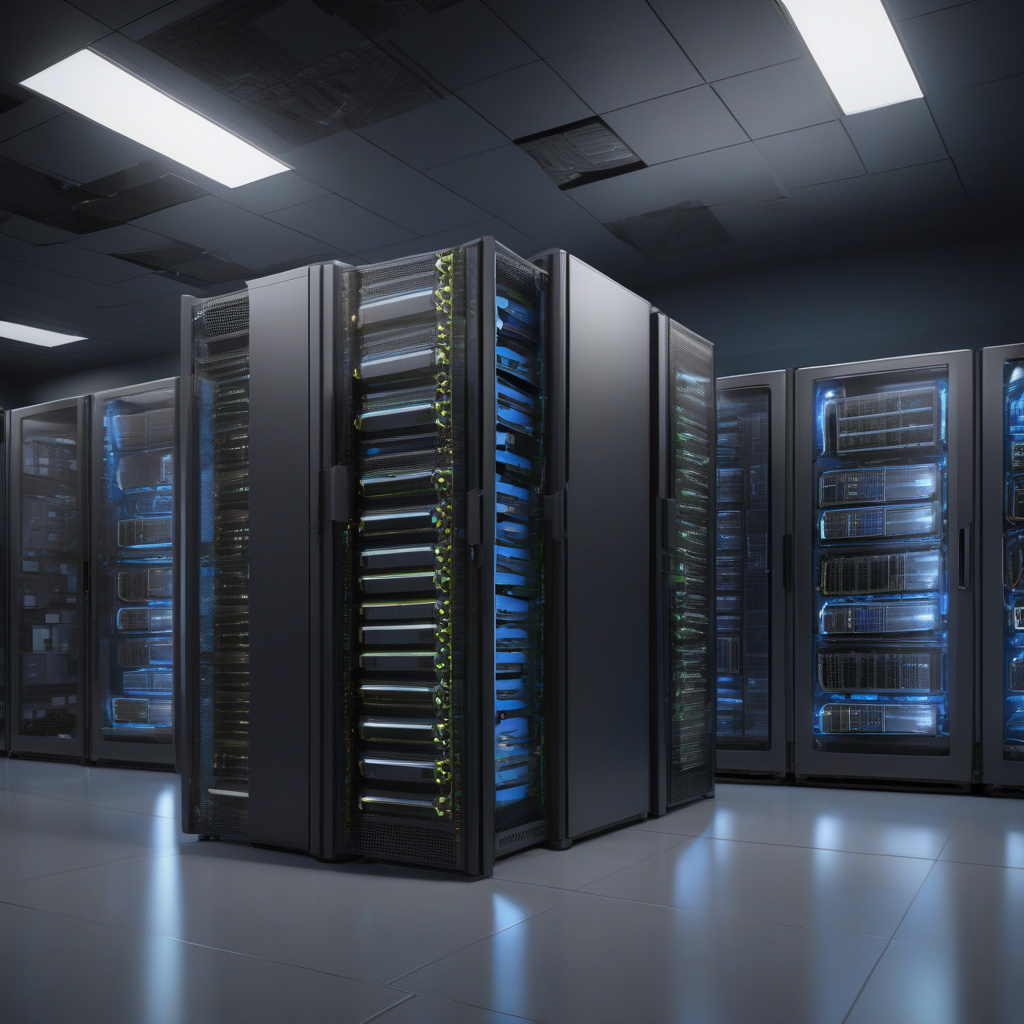In the realm of artificial intelligence (AI), a significant shift is underway—an evolution towards running AI workloads at the edge. This progression is reshaping the traditional architecture where AI software operates, prompting a reevaluation of the benefits and tradeoffs associated with this strategic move. When we talk about AI at the edge, we are essentially referring to the deployment of AI algorithms on local devices, closer to where the data is being generated, rather than relying solely on centralized cloud servers.
By harnessing AI at the edge, organizations can unlock a plethora of advantages that cater to various use cases. One of the primary benefits is reduced latency. When AI processes data locally on edge devices, it minimizes the time taken to transmit data back and forth to a centralized server for analysis. This swift decision-making capability is crucial in scenarios where real-time data processing is imperative, such as autonomous vehicles or industrial IoT applications.
Moreover, leveraging AI at the edge enhances data privacy and security. By processing sensitive information locally, organizations can mitigate the risks associated with transmitting data over networks to centralized cloud servers. This approach ensures that critical data remains within the boundaries of the edge device, bolstering data protection and compliance with regulations like GDPR and HIPAA.
Additionally, deploying AI at the edge enables offline operation, ensuring functionality even in environments with limited or intermittent connectivity. This resilience to network disruptions is pivotal in sectors like remote monitoring, where consistent data processing is essential despite fluctuating network conditions.
However, as with any technological advancement, adopting AI at the edge comes with its set of tradeoffs that organizations must consider. One notable tradeoff is the constraint on computational power and storage capacity inherent in edge devices. Compared to cloud servers, edge devices have limited resources, which may impact the complexity and scale of AI models that can be deployed.
Furthermore, managing and updating AI models across a distributed edge infrastructure can pose challenges in terms of consistency and version control. Ensuring that all edge devices are running the latest AI models and patches requires robust deployment and monitoring mechanisms to maintain operational efficiency.
Despite these tradeoffs, the strategic implications of AI at the edge are undeniable. By striking a balance between the benefits and tradeoffs, organizations can tailor their AI deployment strategies to align with their specific use cases and operational requirements. This nuanced approach empowers businesses to leverage the transformative potential of AI while optimizing performance, security, and scalability at the edge.
In conclusion, the evolution of AI at the edge signifies a paradigm shift in how AI workloads are executed, prompting organizations to rethink their architectural strategies. By weighing the benefits of reduced latency, enhanced data privacy, and offline operation against the tradeoffs of limited resources and distributed management complexities, businesses can harness the full potential of AI at the edge. Embracing this transformative trend paves the way for innovation and efficiency in diverse industries, propelling the future of AI-powered applications to new heights.

